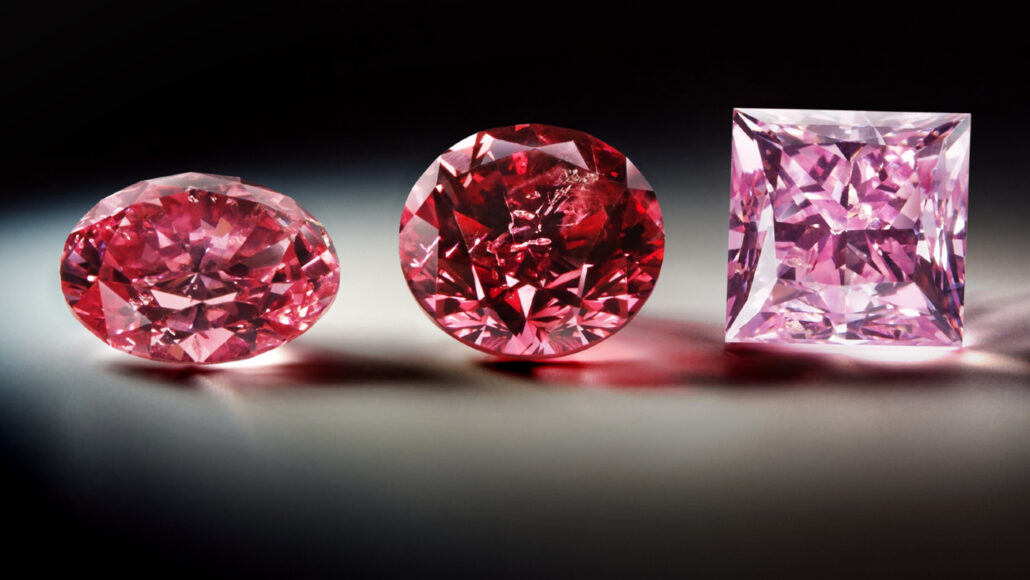Questions for ‘To get diamonds perfect for Barbie, make and break a supercontinent’

Diamonds can get a rosy tint when powerful forces inside the Earth distort the gems’ internal arrangement of atoms. A continental collision may have provided the conditions to make this happen.
Murray Rayner, Rio Tinto